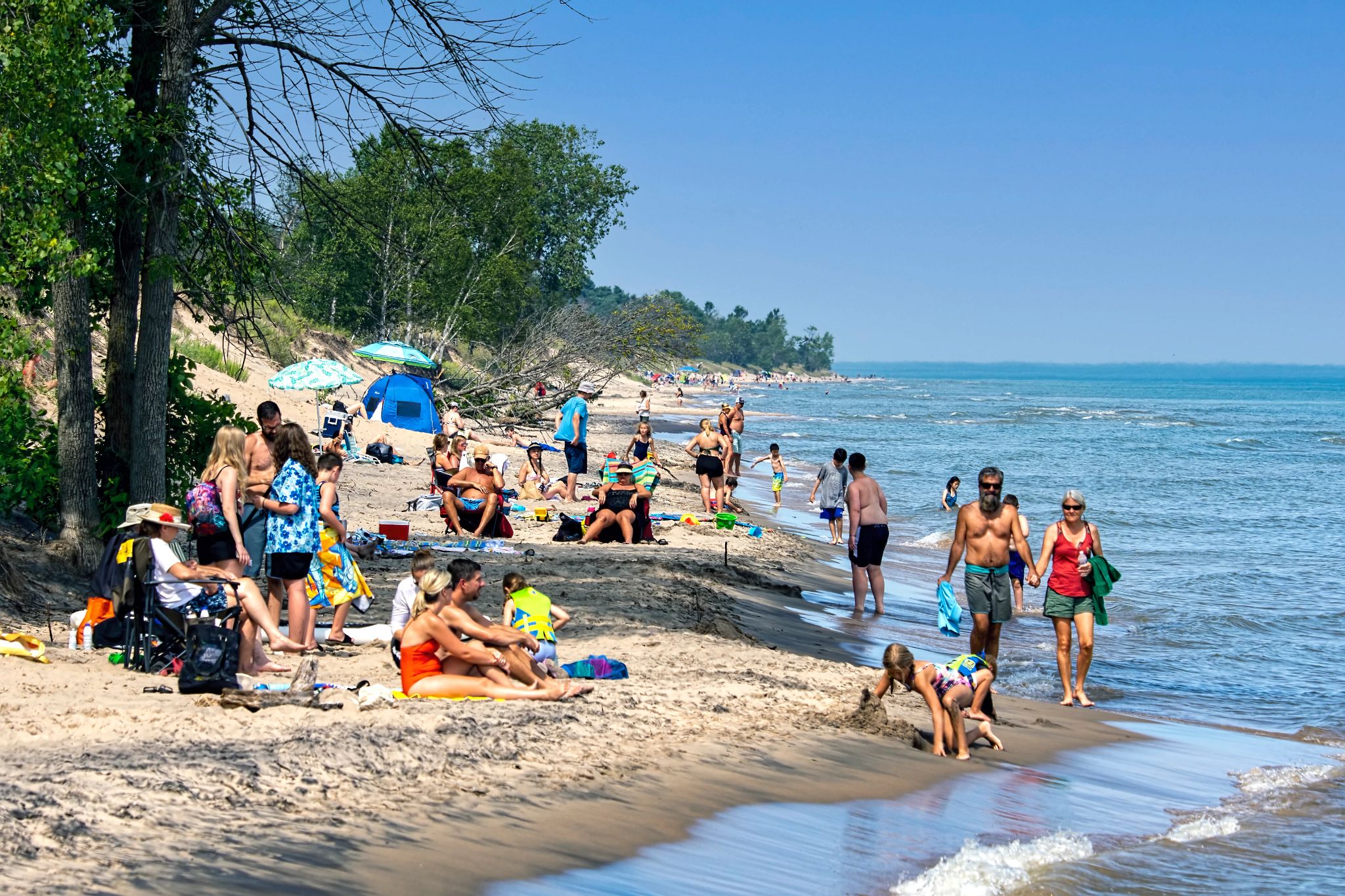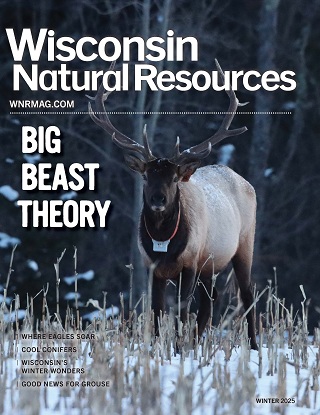Contact: Diane Packett, DNR Office of Great Waters Beach Program Manager Dianel.Packett@wisconsin.gov or 608-640-7511
DNR Seeking Public Input On Great Lakes Beach Listings
 Generations of Wisconsinites have grown up enjoying Great Lakes beaches and rely on our lakes for safe, clean water.
Photo credit: Bob Fritsch
Generations of Wisconsinites have grown up enjoying Great Lakes beaches and rely on our lakes for safe, clean water.
Photo credit: Bob Fritsch
MADISON, Wis. – The Wisconsin Department of Natural Resources (DNR) is asking the public to help update Wisconsin's beach list to keep people safe on Great Lakes beaches this summer.
Each year, the DNR's beach program reaches out to the public, local beach managers and public health departments along Wisconsin's Great Lakes coasts to determine what changes are needed to the Wisconsin beach list and program information.
A beach is defined as any place where the public has recreational access to the water, regardless of whether the location is used for swimming. Boat launches, some natural areas and private beaches available to the public are included.
“Public comments ensure the Wisconsin beach list reflects locally-used names and the status of beaches and boat launches due to changing natural conditions and public access,” said Diane Packett, DNR Beach Program Manager. “We’d like people to let us know if any beaches are missing or not properly identified on the list and if there are some boat launches that are no longer active and should be taken off.”
This year’s proposed list includes a change to Herbster Beach in Bayfield County to create two separate beaches.
Public comments and local knowledge of Wisconsin's Lake Michigan and Lake Superior shorelines provide the best information about our 57 miles of coastal beaches.
The federal Beaches Environmental Assessment and Coastal Health (BEACH) Act is an amendment to the Clean Water Act which requires all coastal states – including Great Lakes states – to develop programs for effective water quality monitoring and public notification at coastal recreational beaches. The U.S. Environmental Protection Agency (EPA) provides grants to participating states to develop and implement a statewide beach program. To maintain Wisconsin’s eligibility for funding under the BEACH Act, state programs must provide an opportunity for public comment when changes to the list or monitoring program occur.
All Wisconsin beaches along the Lake Michigan and Lake Superior shorelines are identified and prioritized for water quality monitoring with these funds.
This federal funding allows communities with Great Lakes beaches to monitor for elevated levels of Escherichia coli (commonly referred to as E. coli), a bacterium that can cause illness if ingested. These bacteria are relatively easy to test for compared to other pathogens, so they serve as a helpful indicator of the possible presence of other health risks in the water, such as fecal matter, viruses and other bacteria or pollutants.
“This monitoring data helps local health officials determine when to close a beach due to unsafe conditions and to notify the public so that beach visitors can make informed choices about swimming at the beach,” said Packett.
The DNR continues to improve and upgrade the beach health database and website features and welcomes feedback throughout the year. Questions or comments can be directed to DNRBeachHealth@wisconsin.gov or DNR Beach Program Manager Diane Packett at 608-640-7511.
The proposed additions and changes to the beach list for 2023 are available online on the DNR’s website. Please email public comments on the beach listings to DNRBeachHealth@wisconsin.gov by Dec. 31, 2023.

